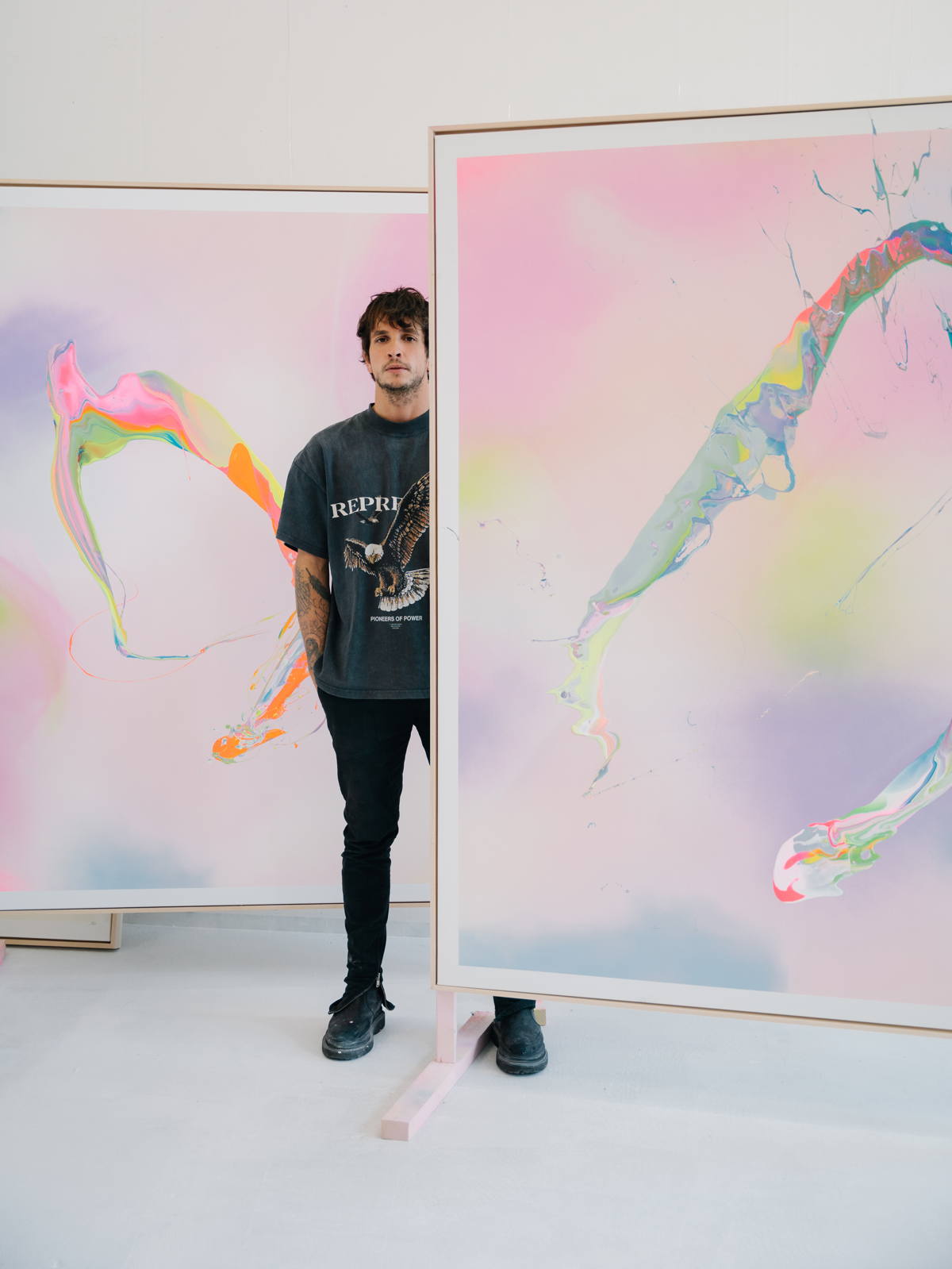
Cevin Parker | Capturing the Human Psyche through Sustainable Art
In the vast landscape of contemporary creation, few artists explore the emotional topography of the human mind with as much grace and depth as Cevin Parker. Known for his dreamlike, multilayered compositions, the Berlin-based artist has become a distinctive voice in sustainable art –not through the overt use of recycled materials, but through a philosophy that treats creativity itself as a renewable force.
Parker’s paintings, installations, and digital works unfold like psychic maps. Soft colour palettes meet tactile acrylic textures and digital fragments that shimmer like traces of memory. His practice moves fluidly between the tangible and the virtual, revealing how both worlds can merge into one poetic continuum.
A self-taught artist guided by intuition and recurring dreams, Parker translates the subconscious into visual form. His works are not illustrations of dreams but translations of their logic –the fluid logic of emotion. “For me, colour is alive,” he says. “It’s a language that keeps changing. It can express what words cannot.”
“Tenderness survives wherever we stop measuring ourselves and simply allow ourselves to be.” – Cevin Parker.
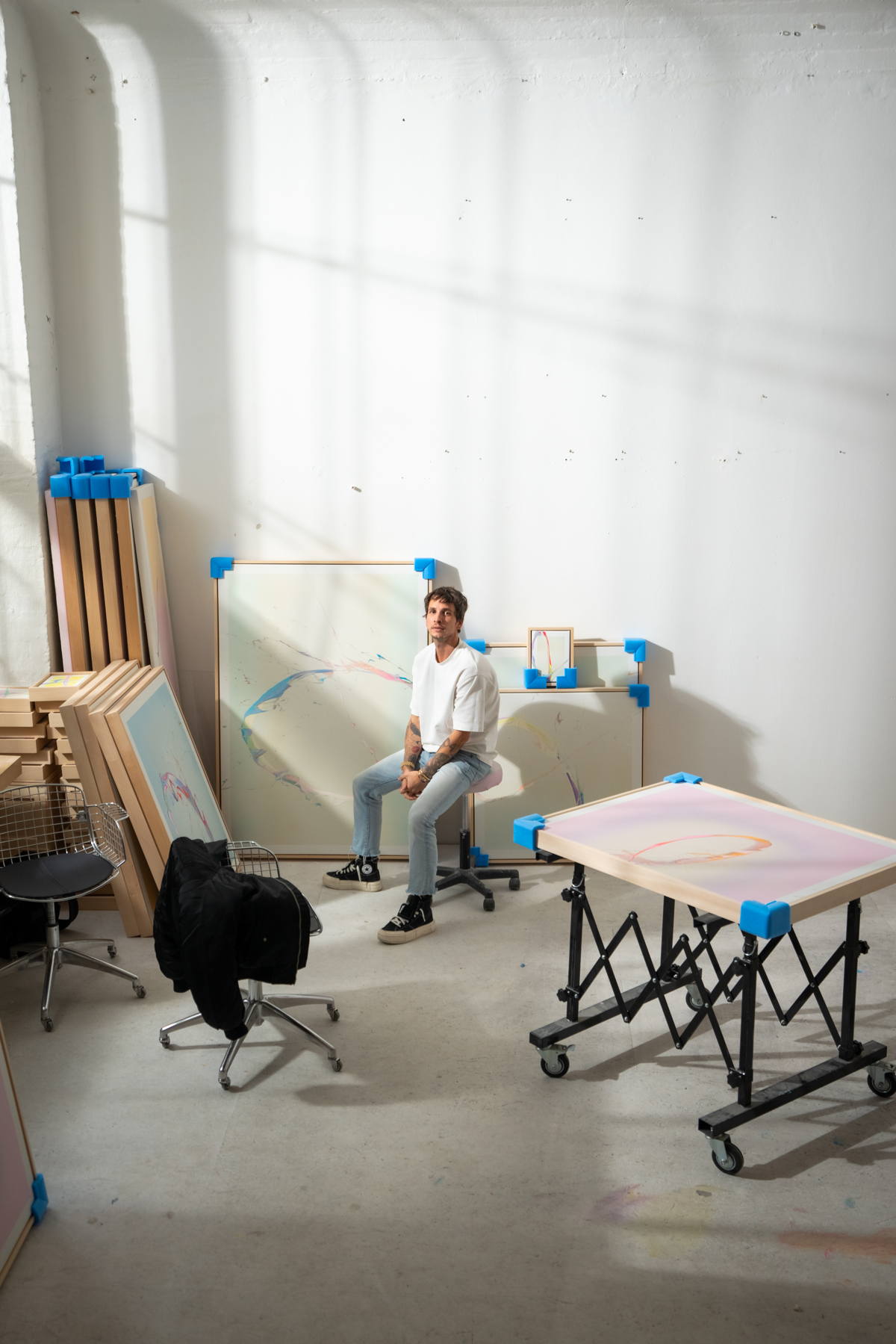
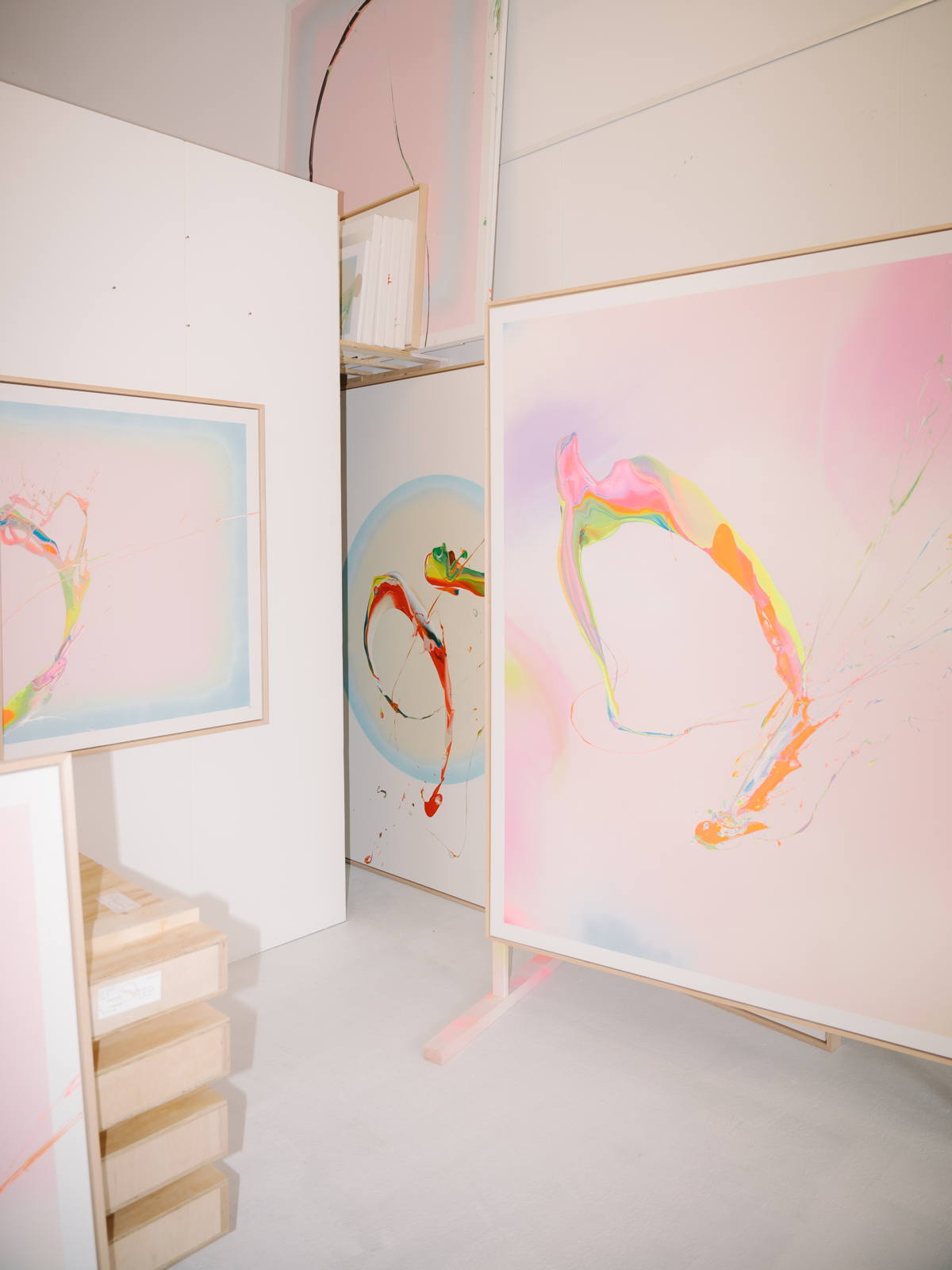
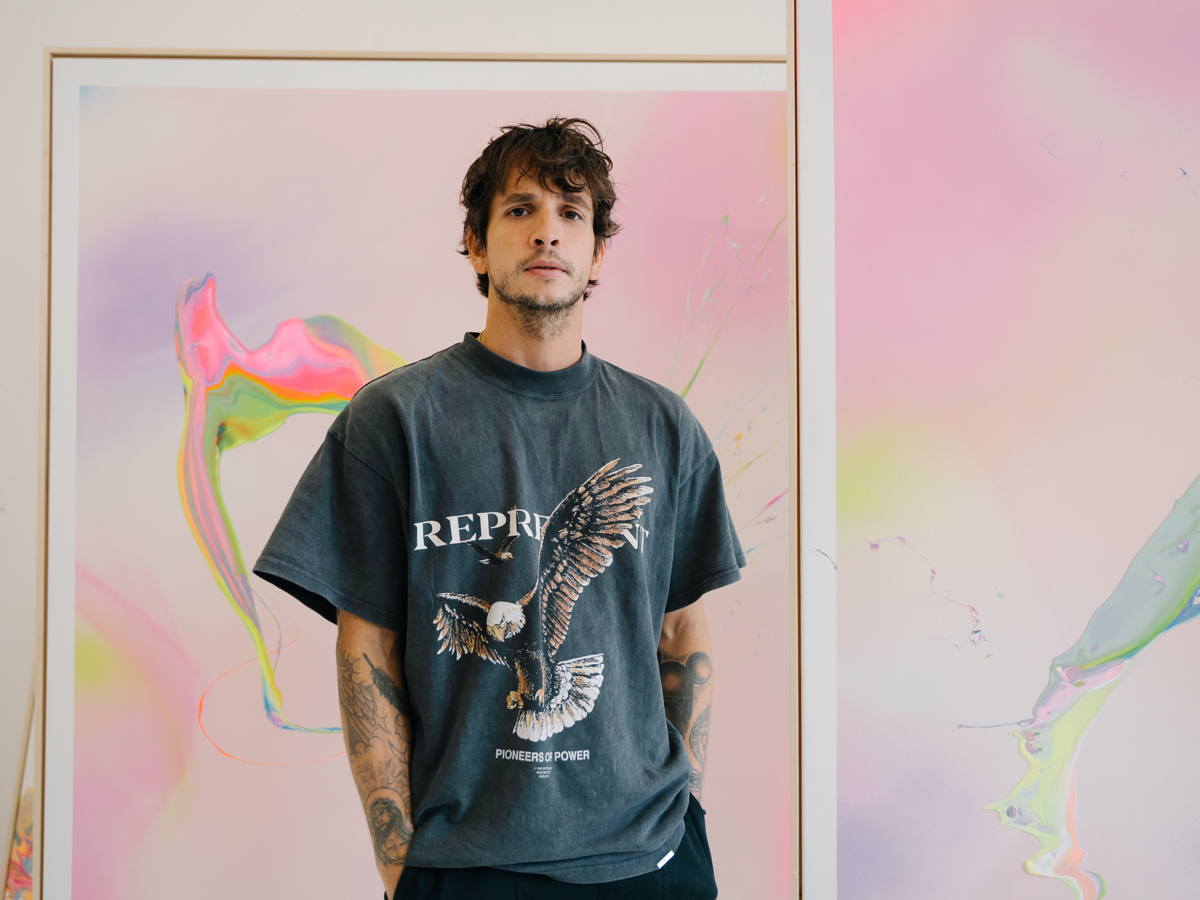
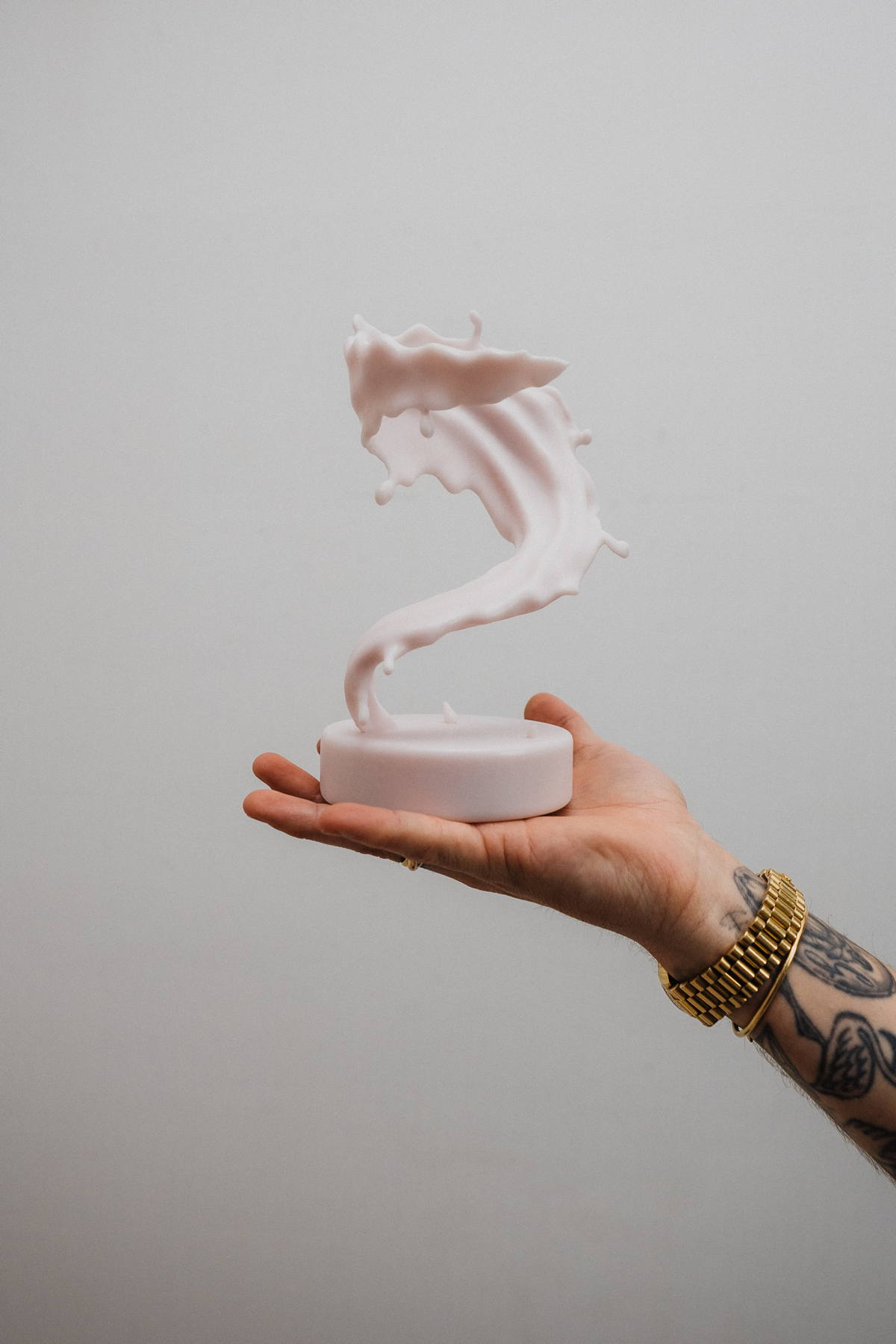
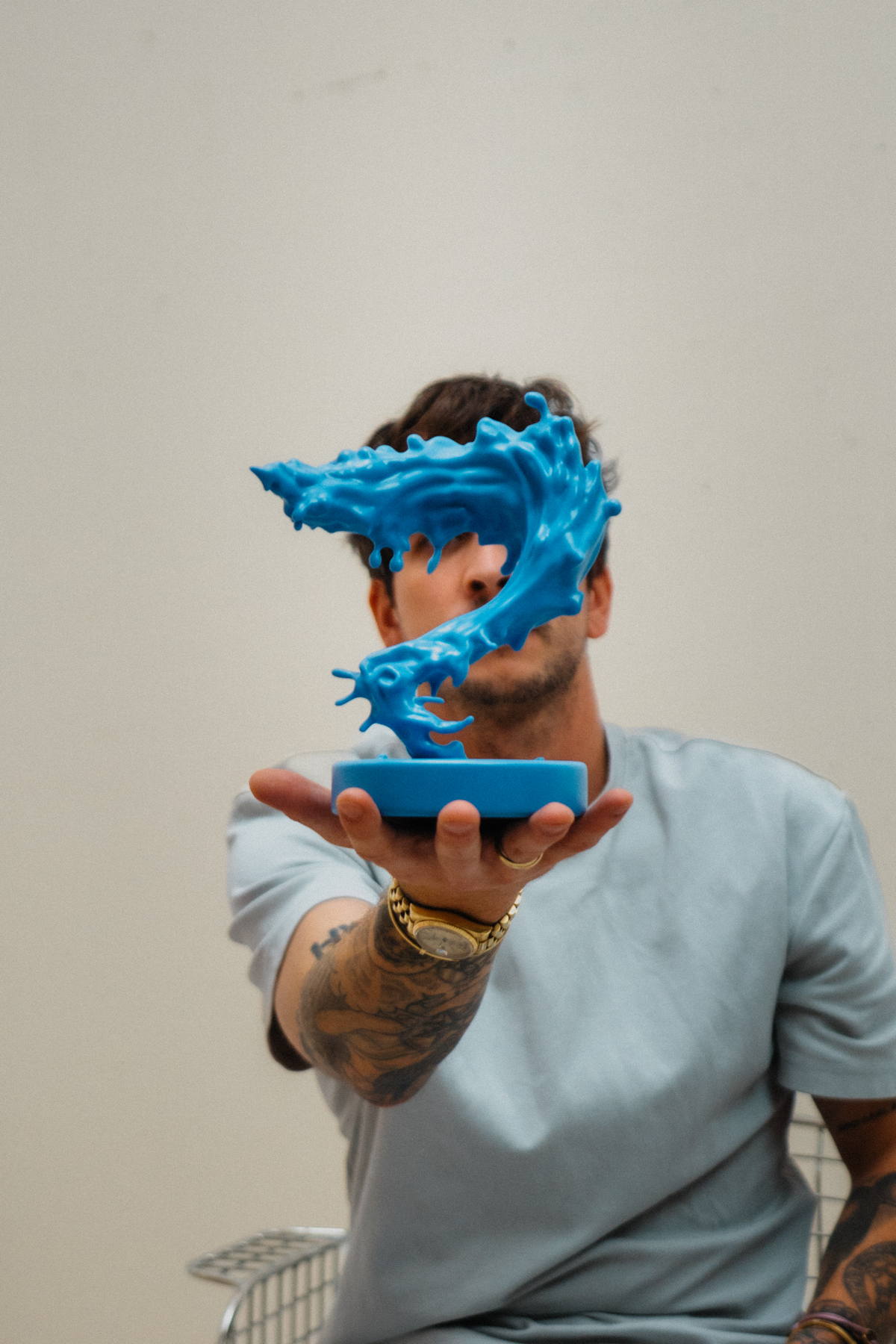
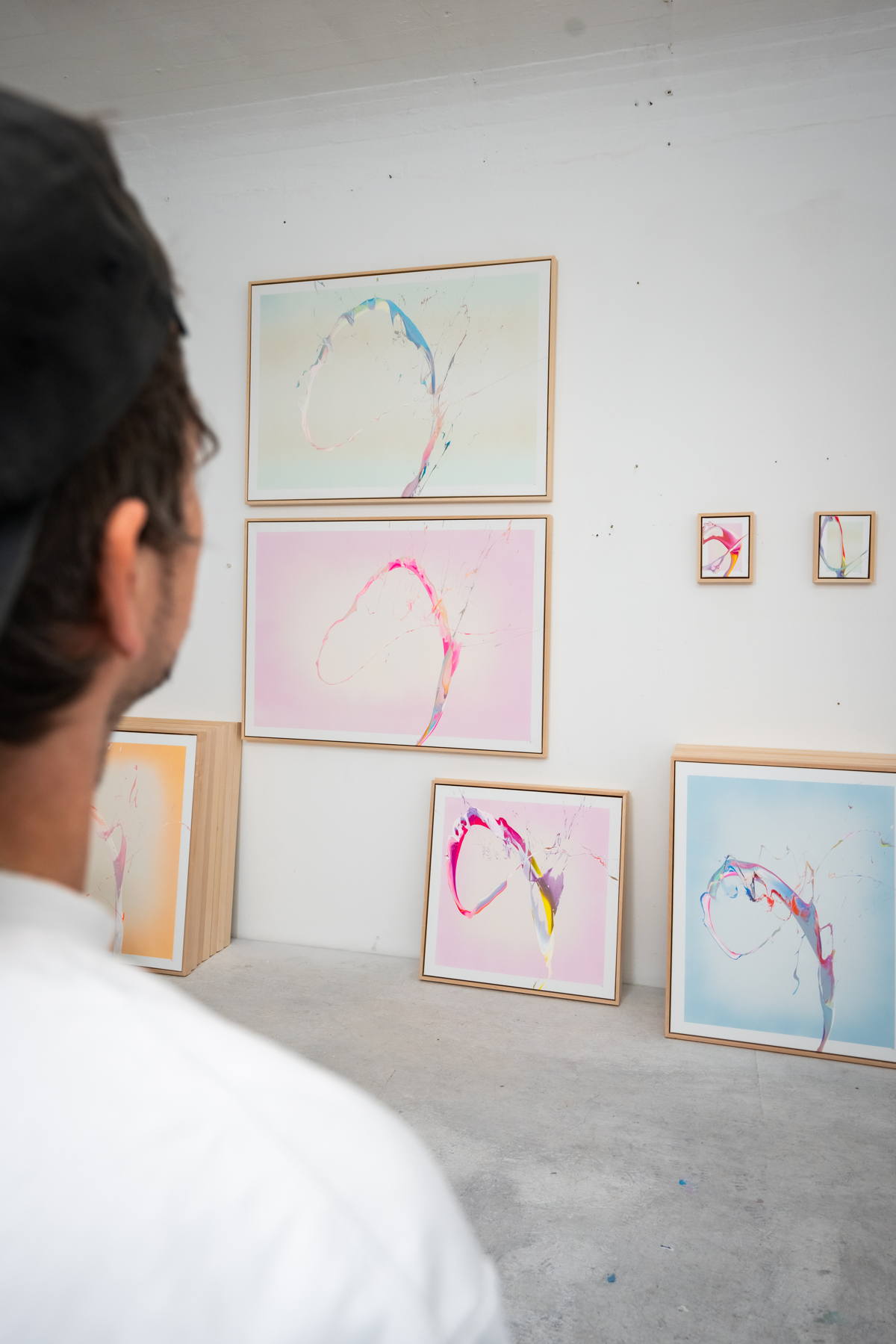
The inner expedition | Exclusive Interview with Cevin Parker
You often describe your works as “expeditions.” What are you exploring?
When I speak of expeditions, I mean less a journey outward and more a journey inward. My paintings are like maps that take shape while I still don’t know where I am. I follow traces –a feeling, a memory, a dream fragment– and let myself be guided without a fixed destination. It’s a movement into the unknown, into the in-between. For me, an expedition means risking the discovery of myself anew.
Dreams play a central role in your process. How do you work with them?
Dreams are messages from a depth I cannot access during the day. I often remember only fragments –a light, a colour, a mood. But that’s where their power lies: they aren’t logical, they’re emotional. On the canvas I try not to illustrate these fragments but to translate them into a new form. Often I paint the feeling I had in the dream –floating, falling, longing. It’s like translating a language that has no words.
If society had a body today –where does it ache, where is it numb, and what is overtrained?
The pain is in the heart –the place where we should feel love and empathy. We’re so trained for performance that we rarely allow true closeness anymore. We’re numb in the places we suppress: the climate crisis, the disappearance of nature, the loneliness so many people feel. And we’re overtrained in everything that shines: efficiency, optimization, constant availability. Our collective body is in permanent high-performance training, but the muscles we need for tenderness, vulnerability, slowness are almost atrophied.
What colour and temperature capture the collective mood of 2025?
For me, this year carries the colour of a cool, pale violet that sometimes tips into grey. It’s not dark, but not truly warm either –more of an in-between state. Blended into it is a yellow that feels like cautious hope but doesn’t yet have the strength to break through. The temperature is like early morning air: cool, clear, a little distant –yet with the promise that warmth might still come.
Berlin –restless, layered, sometimes severe. How does the city feed your work?
Berlin forces you to stay awake. The city is full of fractures and contradictions –just like my paintings. There’s the harshness of the architecture, the traces of history, the energy of its people. Berlin is an engine that sometimes overwhelms you, but that’s its strength: it won’t let you fall asleep. When I go to Mallorca, it feels like entering another part of myself. There, it’s light, sea, and vastness. My works become softer, more fluid, almost like a breath. Both worlds shape me. Berlin is the edge, Mallorca is the horizon –and my art moves between them.
Does the aesthetic of smoothness –seamless tech, glossy skin– hide deeper fractures?
Absolutely. Smoothness is a mask. It radiates control and perfection, but that only shows something is hidden underneath. When everything is flawless, I ask myself: what’s being covered up here? My work is drawn to those cracks. I want to create spaces where imperfection becomes visible –not as a flaw, but as truth.
Where does tenderness survive in a culture optimized for speed and metrics?
In the smallest moments. In a quiet glance, in silence, in the hand of a daughter wrapping around your fingers. In my art, I try to carry tenderness through colours that don’t scream but breathe. Through transitions that flow slowly. Through places that are allowed to remain unassuming. Tenderness survives wherever we stop measuring ourselves and simply allow ourselves to be.
“Our collective body is in permanent high-performance training, but the muscles we need for tenderness, vulnerability, slowness are almost atrophied.” – Cevin Parker.
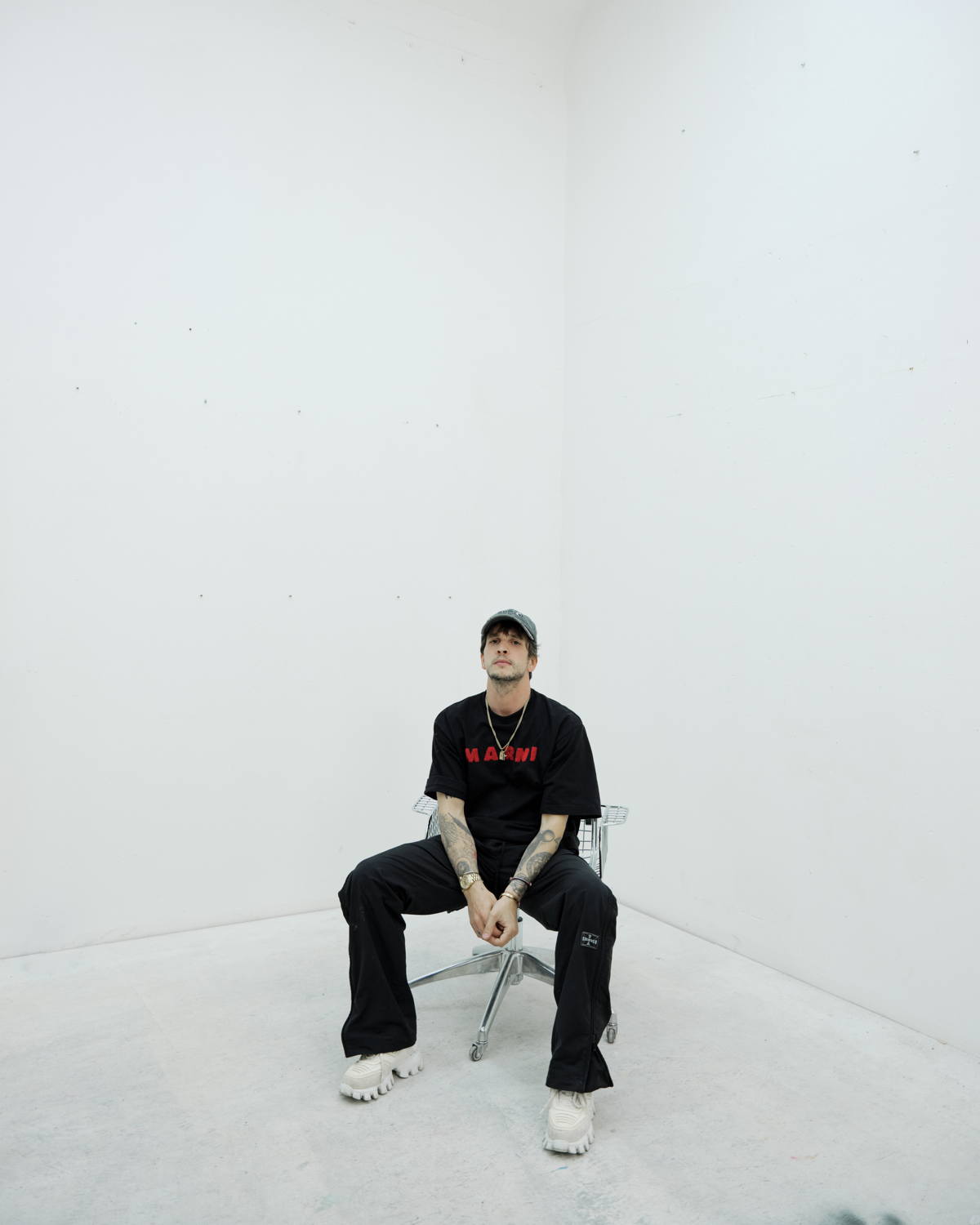
How do you translate climate dread –slow violence– into the language of light?
I see the climate crisis as a quiet threat, not arriving with a bang but as a slow vanishing. In my paintings I try to create that atmosphere: light that weakens, surfaces that fray, shadows that keep expanding. It’s less a scream than a long-drawn breath that eventually falters. Art can make this slowness tangible—so that it can no longer be ignored.
Are we mistaking visibility for meaning, virality for value?
Very often. We live in a time where numbers are treated as truths. But the things that hold meaning for me—a silent experience, an intimate moment, a quiet image—will never go viral. And yet that’s where value lies. I remind myself: visibility is only an illusion. Depth remains invisible.
How does algorithmic curation edit our memories before we’ve made them?
We’re fed images long before we create our own. When you travel, you already carry the Instagram pictures in your head before you arrive. So we no longer remember freely, but according to templates. That saddens me. Memories should be raw, chaotic, personal. But algorithms have already begun editing them before they’re even born.
What does exhaustion look like, and how do you avoid turning it into décor?
Exhaustion is not a trend but a condition. It shows in trembling lines, in colours that have gone dull, in surfaces that feel unfinished. I try not to romanticize it. My canvases are allowed to look tired, fractured, incomplete. Exhaustion is real, and it deserves to be taken seriously—not turned into an aesthetic, but held as a mirror of our time.
Where does hope live now –in repair, revolt, or ritual?
Hope is a triad. In repair, when we stop discarding and begin to heal—relationships, nature, ourselves. In revolt, when we say: not like this. And in rituals that ground us—small acts that remind us daily that meaning still exists. For me, hope often lives in simple rituals: cooking, walking, being close to my daughter.
What are you working on now?
I’m working on paintings that play more with layering –spray mists that are wiped away again, surfaces that begin to vanish before they are fully present. I’m fascinated by the tension between appearing and fading. At the same time, I’m exploring how digital elements like augmented reality might extend my painting –not to celebrate technology, but to let dreams and reality flow more deeply into one another. My greatest inspiration, however, is my daughter. Through her, I’m reminded every day that creativity is essentially play: a space where mistakes aren’t feared, but open new doors.
“Berlin forces you to stay awake. The city is full of fractures and contradictions –just like my paintings. There’s the harshness of the architecture, the traces of history, the energy of its people. Berlin is an engine that sometimes overwhelms you, but that’s its strength: it won’t let you fall asleep.” – Cevin Parker.
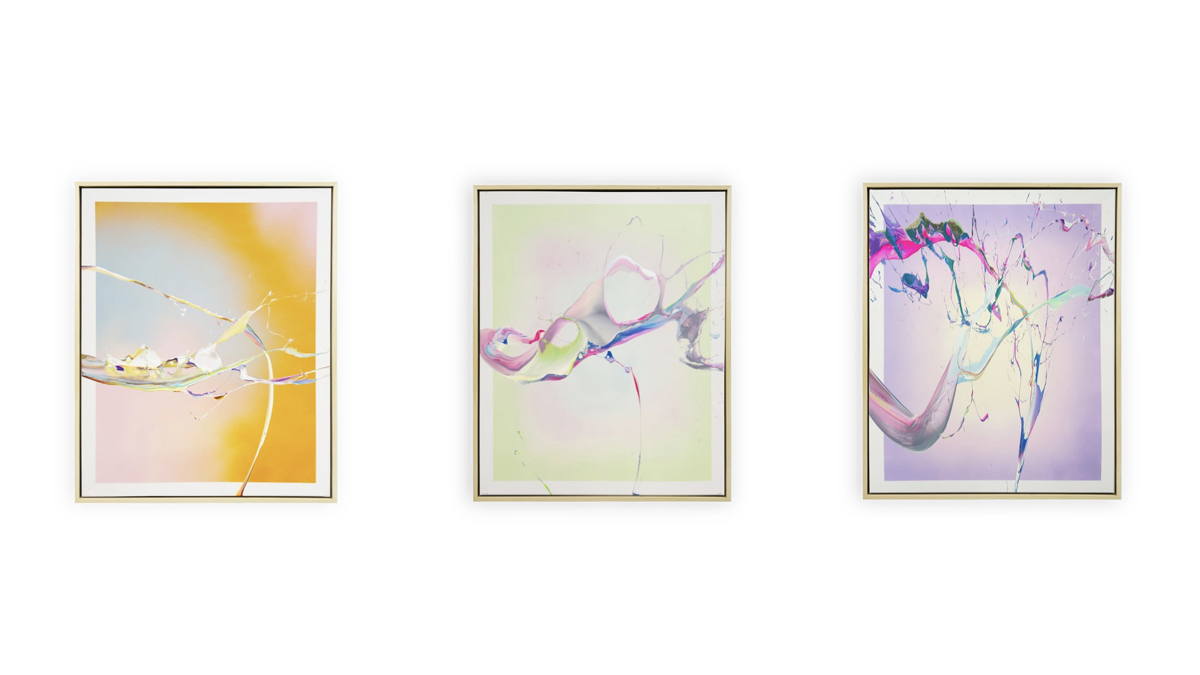
All Images:
© Courtesy by Cevin Parker







